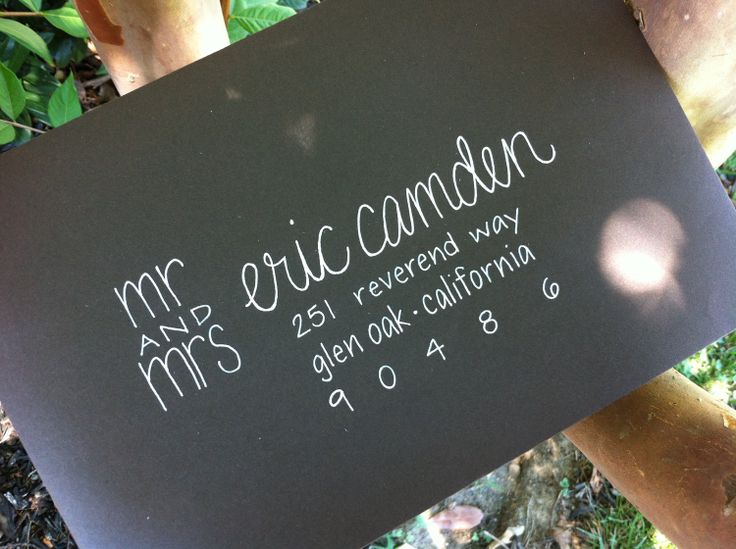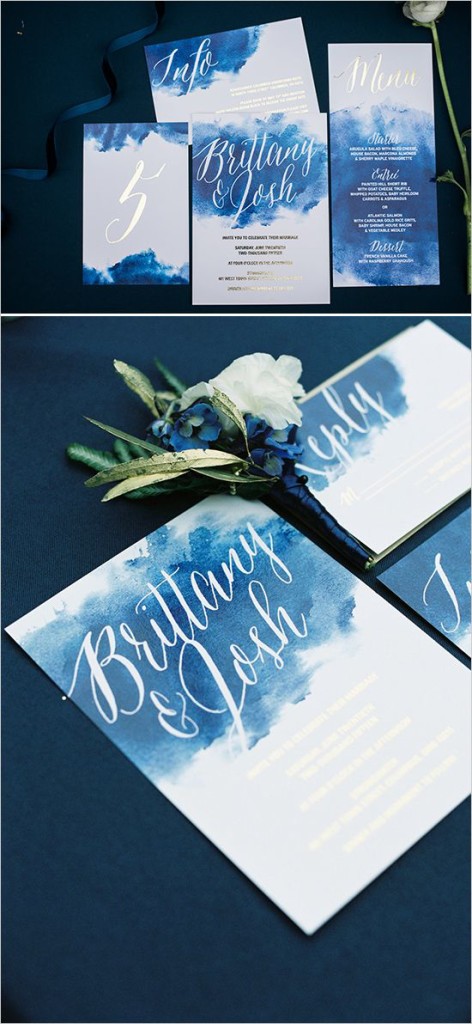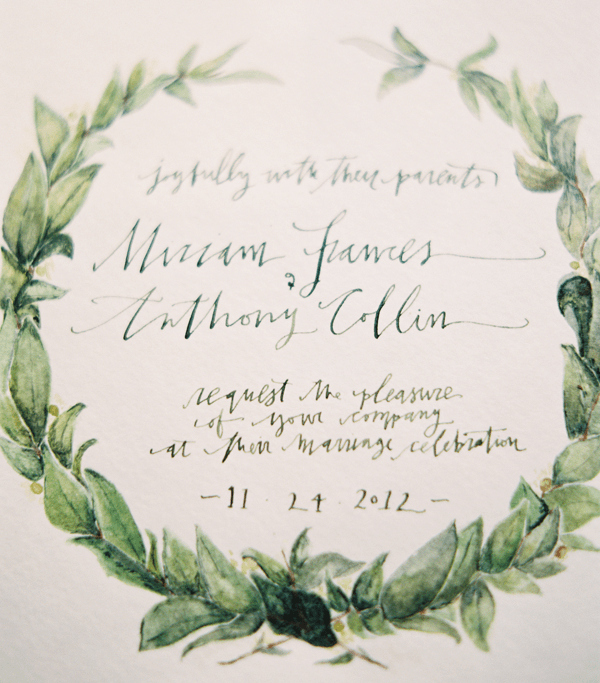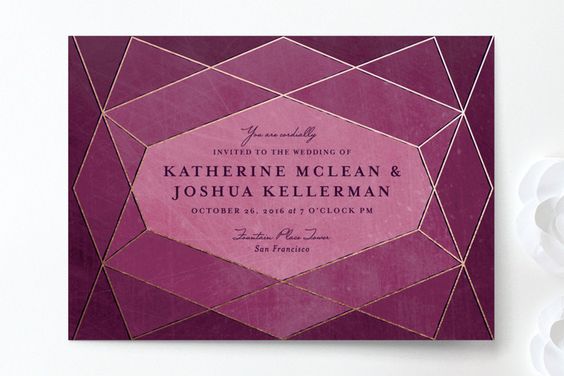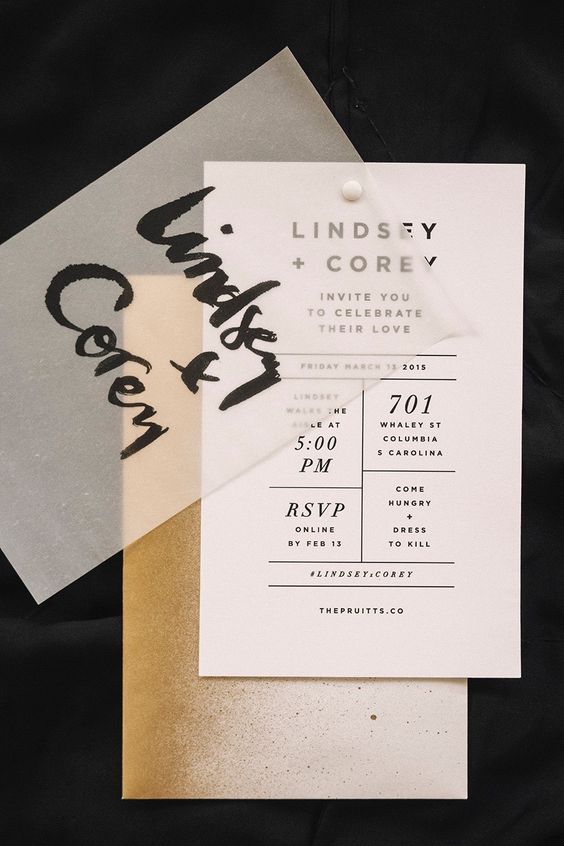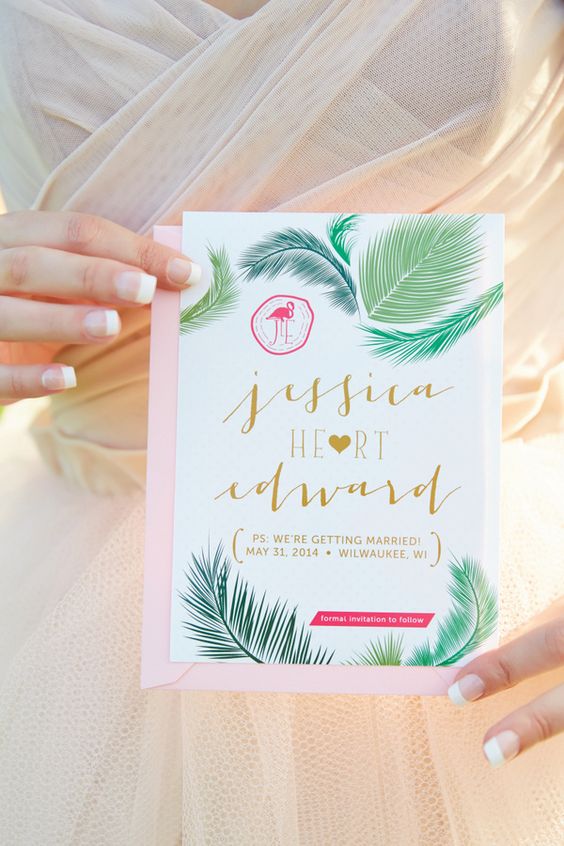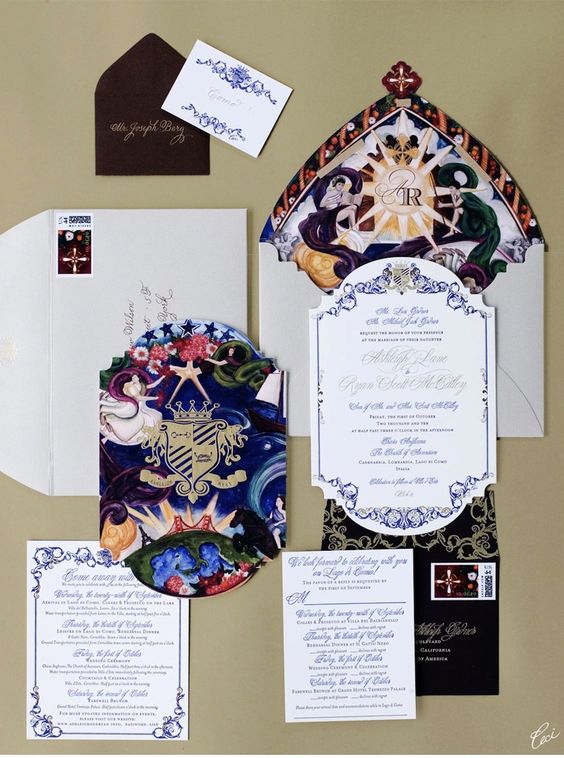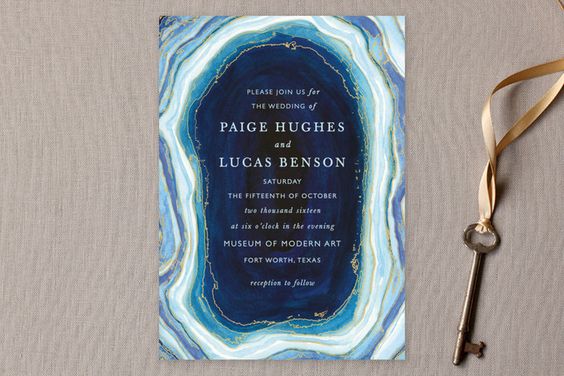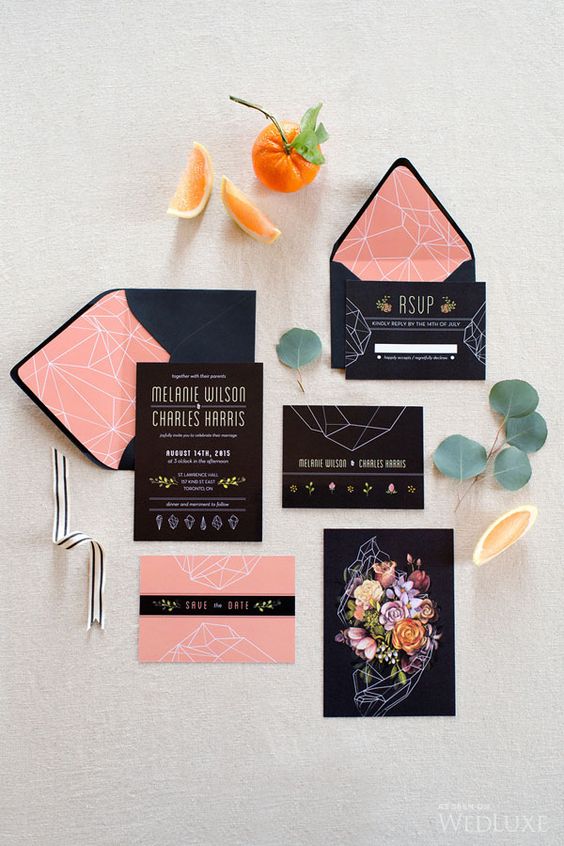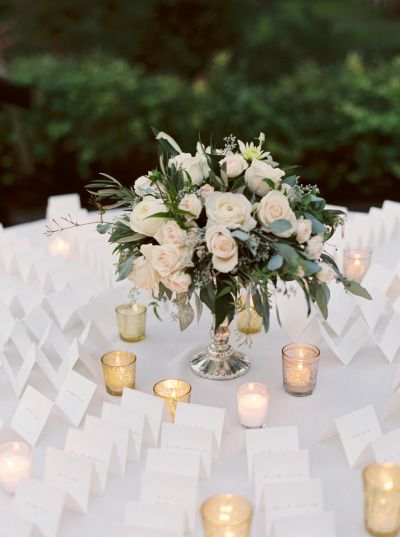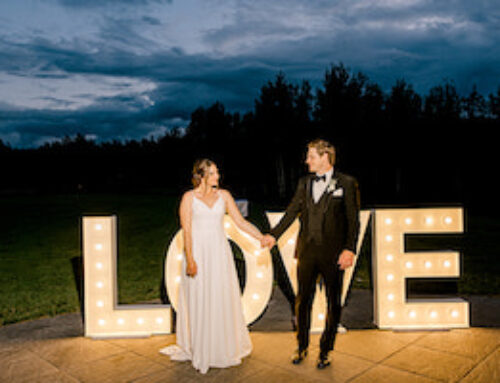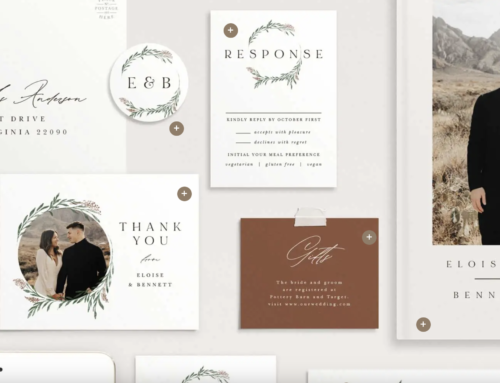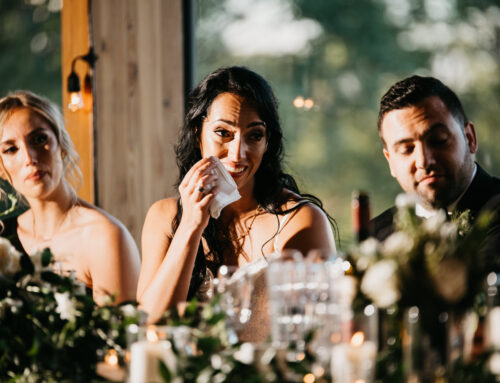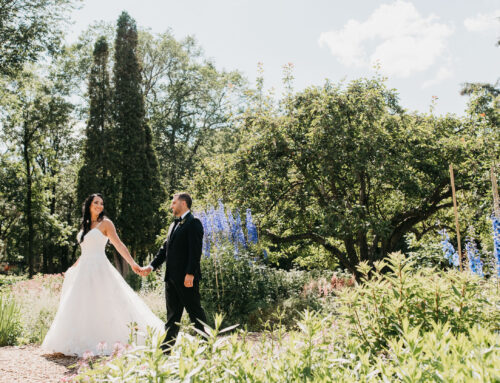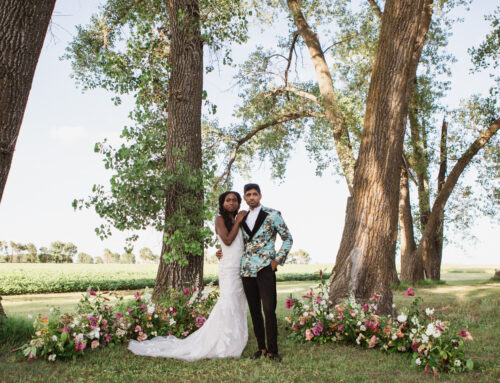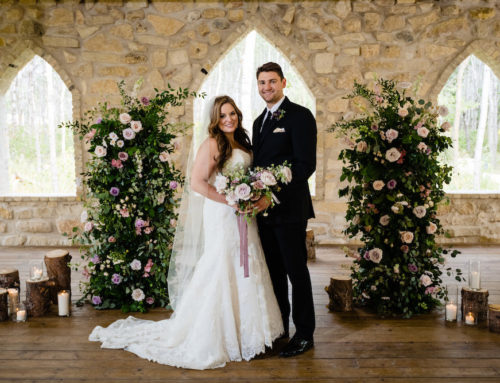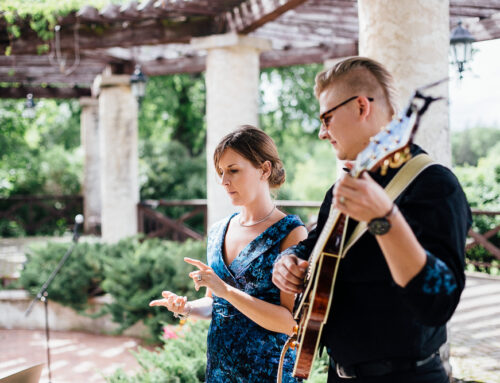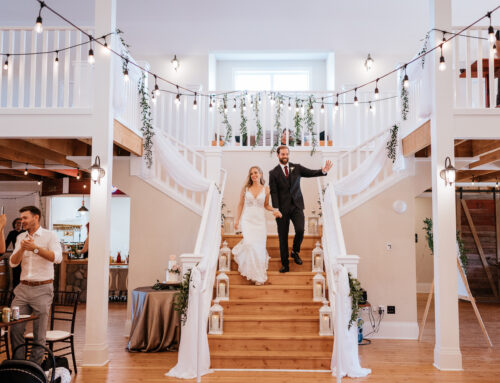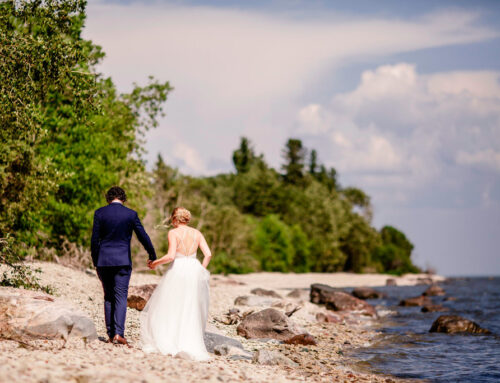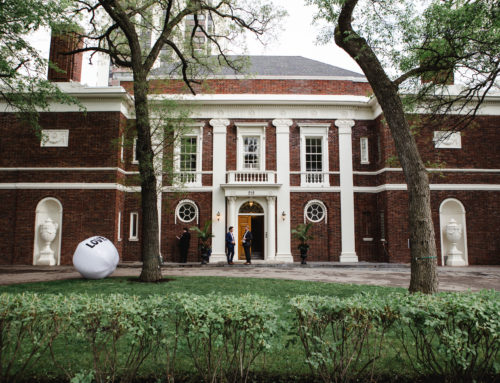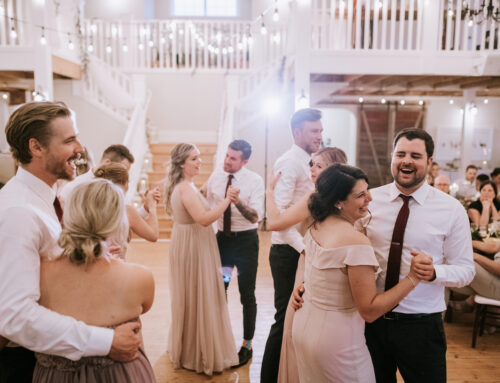Your Invitation Creation Check List
You’ve got the location, you’ve got the date, but now it’s time to invite the guests.
There are a lot of steps to take when putting together your guest list and a few ways to go about it but here are a few of our suggestions to consider:
Invitations could be sent out in two or three groups, depending how big the wedding is. The groups should be you’re A List, B List, and C List.
A List
Your A List should include the people that you couldn’t see your big day without and should be sent out 8-10 weeks in advance.
B List
Your B List should include the people that don’t necessarily have to be there, but that you would like there, and should be sent out 6-8 weeks in advance.
C List
Your last list or your C List (if necessary) should include the people that you weren’t sure about and now have room for, especially if you got “not attending” responses back from the first two lists.
Doing this method isn’t for everyone and it’s not about having a certain amount of people at your wedding. It’s about enjoying the people that are there and having your loved ones around you. If you simply have too many people to pick from you’ll want to consider the above method.
Some people deserve a little more notice.
Make sure that if you have family or friends coming in from out of town or from far away that you give more notice to them, as they will have to make a trip out of it rather than just having a day at a wedding. 10-12 weeks of notice should be ideal, unless they are from abroad. Consider a Save the Date for these guys if you’re not ready with your invites this far in advance.
Order early.
You should make sure that once you have put together your invitations, with your stationer, that you place the order for your invitations 3 to 4 months in advance of your wedding so that you have them in time to mail them out to everyone.
If you’re planning with a shorter time frame try and nail down the invite related details early on so that you can still be within a similar time frame.
Your invitations should include:
1) The host of the wedding
Whether it be you, your partner, your parents, your partners parents, both sets of parents, grandparents, or any combinations of the above (if the parents are not listed then would you like them listed?) You should also be using the proper abbreviations such as Ms., Mrs., Mr., Dr., etc.
2) You and your partners name
Female (aka the bride) always first, or if same sex couple then should be listed alphabetically (using the last name). It will look nicer if you use your full names, including the middle names rather than just the initials.
3) When the wedding will be taking place
Date with year, time, if it is taking part over more than one day etc. Make sure you are writing these out in full, spelling out the date and the time rather than using numbers, especially if your wedding is going to be formal. It will look a lot nicer if you have everything spelt out rather than shortened to just using numbers. If you’re going really informal feel free to use a combination of numbers and works for the address.
4) Where the wedding will be taking place
Include the name of venue for ceremony, name of venue for reception, exact address, city or town.
Directions could be very helpful if you have people coming in from out of town, or if the ceremony/ reception are out of town. You could also include directions from the ceremony to the reception for people that may be unfamiliar with the locations. We would suggest doing this on a separate direction or info card.
5) How many people and who you are inviting from the household
If you want an adults only wedding make sure that you indicate this on your RSVP card or if yourRSVP is done via email include a note on the invite or info card.
You can also do this on the outside of the envelope by stating who you are addressing the invitation to, or by sending a pre named response (RSVP) card with the people that you are specifically inviting listed on it:
“Mr. & Mrs. Smith”
“Mr. Smith & Guest”
“Mr. & Mrs. Smith and children”
Your phrasing sets the formality of event.
The way that you phrase the invitation and the way that they look should set the formality of the wedding without having to state “Formal Attire” or “Casual Wear”.
If it is a special theme and you want to specify what people could wear, you can also include a line saying:
“We’ll be spending the wedding on the beach so come in your favourite summer attire”
“Our wedding is a black and white theme affair so please come in your favourite black, white, or combination outfit”
If you’re planning a very themed wedding know that there will always be some guests that will just wear what they want (Like your Great Uncle coming in his jeans and cowboy boots when it’s clearly a black time affair). It might be a little bit too much to ask them to wear something in particular (like only red for example) but putting out the effort to inform them is more then enough etiquette then is required.
(Some great phrases suggestions here)
What sort of gifts do you want?
In the world of etiquette it’s frowned upon to list if you want gifts or cash. If you’re really concerned with this consider using one of the following options:
“Presentation Preferred”
“In lieu of gifts please bring a food donation for Winnipeg Harvest”
“We’re honoured with your presence. You attending our special day is gift enough for us”
On a separate info card – “Our bridal registration is at The Bay and Home Outfitters under Jane Smith, 2016”
6) The RSVP Date
You’ll want to make sure you include this on your invites (if you’re requesting RSVPs via email) or on your RSVP card. People should know when they have to respond to you by, who they are responding to, and how they are responding, whether it is by mail, email, or phone or any other means.
Tip: Only give guests one form in which to RSVP. Don’t give them both email and phone. Or email and an RSVP card. It often makes it more challenging to keep track of and also slows down the RSVP process as guests tend to delay with too many options.
How many parts to an invitation suite are there?
You could have multiple parts to your invitation depending on how much info you want to give your guests, whether the wedding is out of town, if you have any hotel rooms blocked or want to include any registration information.
A basic invitation suite:
The Invitation – This holds all your day date, time, and location info
The RSVP Card – The meal info, RSVP date, and a line for any allergies (This should come with a pre-addressed and stamped envelop)
A few “extra items”:
A Details Card – Hotel info, things to do in the area (if guests are coming in for the weekend), song request info (if you want your guests to give you song ideas for the dance portion of the night), if the day has any important details like change in locations, a parade walking from the ceremony location to the reception, for example, you’ll want to include it here as well. All these little things you’ll want your guests to know ahead of time.
A Directions Card – This is important if your location isn’t “google-able” or is on a family property that is a little harder to find.
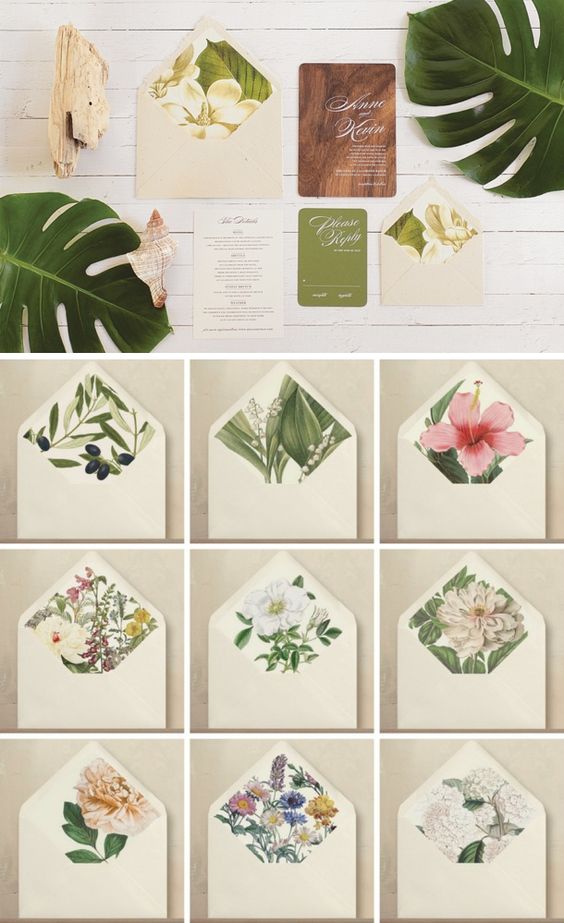
Envelop Liner – If you want to make that outer envelop just a little bit prettier.
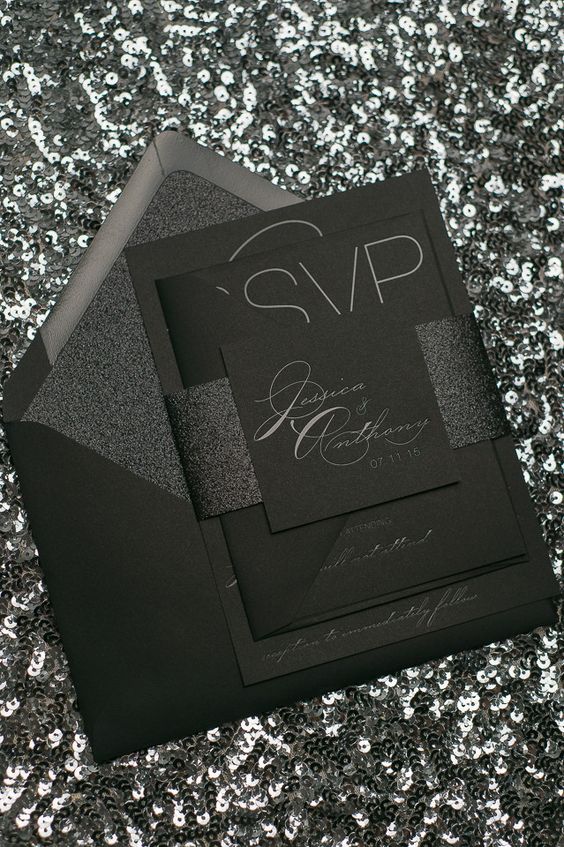
Inner Envelop/Sleeve – Couples will often do this if there are multiple pieces to the invite and want to make it a more formal experience for guests.
Of course, if there is anything else that the bride or the groom wants to include, you can! It is your wedding, so you can include anything else that you want, make it your own, and put your own style into the invitations. The invitations are the first things that people will see about your wedding, and the first clues about what your wedding is going to be like.
Your Wedding Day Stationery
Next to your invite suite you can have many different types of stationery on your wedding day. Here’s a list of the most common things you’ll either want or need on the day.
Program – Most couples only have the program at the ceremony or a program card on the guest table at the reception. Depending on all the things you have planned for your guests you may consider including this in your invites.
Menu – No need to include this in your invite but it’s great to have a menu sign at the reception or smaller menu cards on each guest table.
Escort Cards – These are cards that are placed on a beautiful table display for guests to pick up and take with them to their guest table. The table number will be on the back of the card so guests know where they are seated (with escort cards you will not have a seating chart).
Place Cards – These cards are already on the guest tables at each place setting. Couples will do this if they want to have both signed seating and assigned tables (if you want to pick exactly where each guest seats).
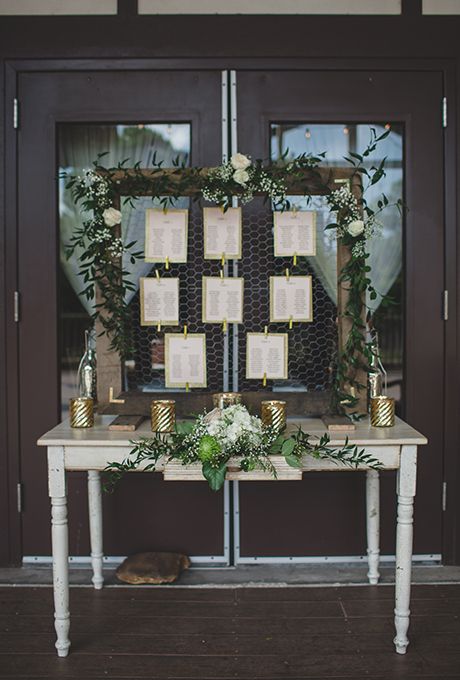
Seating Chart – You can do your seating chart each by table or alphabetically. You should put your seating chart near the entrance of the reception hall. Commonly it would go right beside the guest signing table (where guests leave their cards, gifts, and sign your guest book).
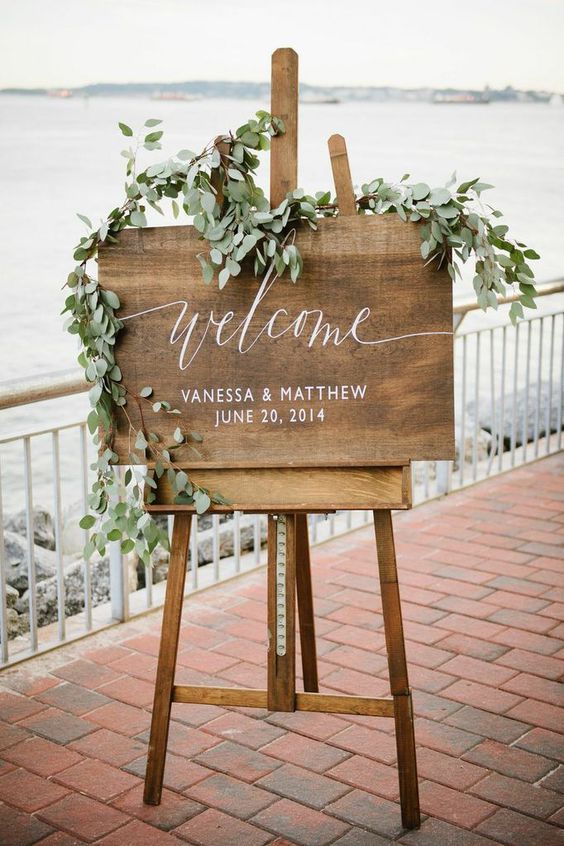
Various Signage – You might want to have a hashtag sign, bar sign with signature drinks, a memorial sign remembering loved ones, or just simply a welcome sign.
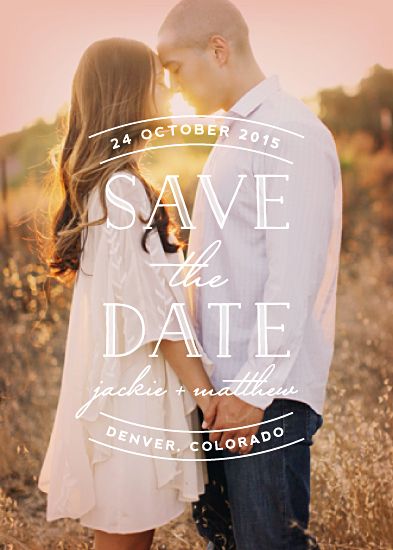
As you can see there are just so many things you can do with your wedding stationery. Don’t get overwhelmed, start with your invitations, get those mailed out, and have fun with the rest too!

